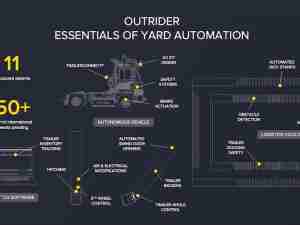- Agricultural exemption §395.1(k)
- Operating “covered farm vehicles” §395.1(s)
- Operating under one of the short-haul exceptions listed in §395.1(e)
- Operating vehicles older than model year 2000
Grain handlers prepare for new electronic logging device regulation
posted by AJOT | Dec 07 2017 at 09:06 AM | Intermodal
BLOOMINGTON, ILL – The Federal Motor Carrier Safety Administration (FMCSA) will soon require truck drivers to replace their paper logs with electronic logging devices (ELDs). ELDs synchronize with a truck’s engine to automatically record data such as time spent on the road, miles driven, location and engine hours in real time.
“Electronic logging devices are designed to improve road safety by more accurately tracking a driver’s time behind the wheel,” says Paul Rasmussen, soybean farmer from Genoa, Ill., and Illinois Soybean Association (ISA) director. “The advanced features of ELDs can help reduce idle time, improve route planning and minimize fuel consumption and downtime, overall providing a positive return on investment.”
Paper logs always have been a requirement for commercial truck drivers. But handwriting can be difficult to read and paper logs are more difficult to submit to a governing body. Electronic logs are easier to keep track of rule violators. All data is saved in downloadable files for reporting.
Most farmers who haul soybeans will not be required to add ELDs due to exemptions, including:







